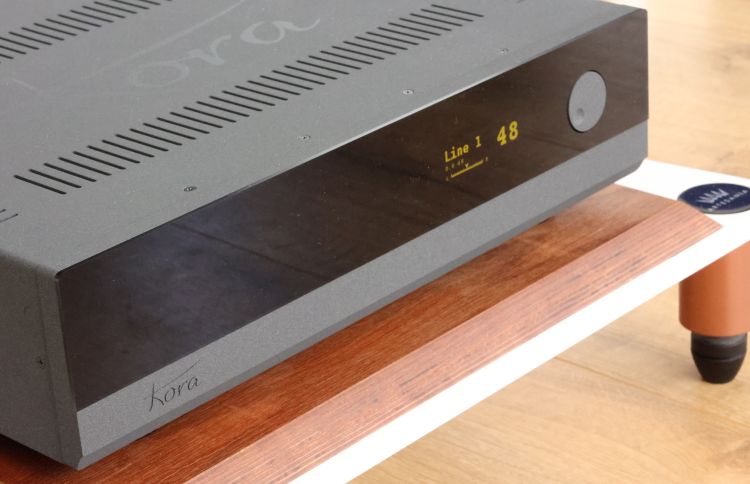
Listening
So, how does the Kora amplifier sound? Rather fantastic! Truly, I was not ready to hear this level of performance from a 5000-euro amplifier. I tried the Kora in both of my systems and with a wide range of cables and no matter the pairing, the Kora is consistently impressive.
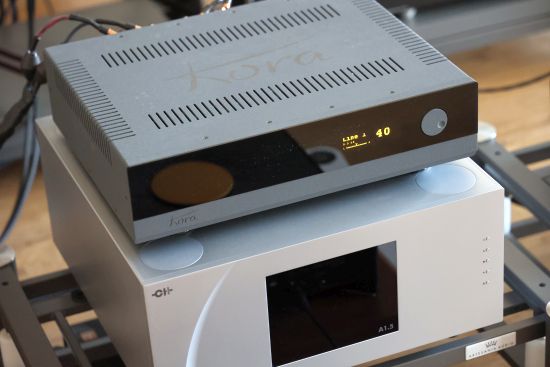
Contrary to what one might expect from a hybrid tube amplifier, the TB140 does not sound creamy, fat, overly smooth, or rose-tinted, but rather extremely quick and articulate, super-expressive, and ultra-linear and transparent. Surely the amp’s unique SquareTube concept is debit to this, but its pure and direct sound is no doubt in part also a consequence of the absence of output transformers which in most cases where they are used are responsible for that typically “phat” tube sound.
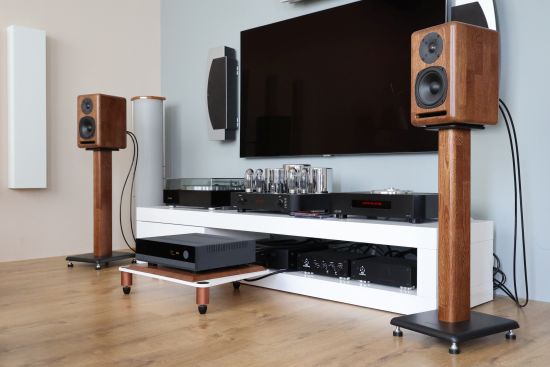
The best way to illustrate this is to go back to the Ayon in my secondary setup after having listened to the Kora. The Ayon Spirit III is a KT-150 push-pull tube amplifier and it has that Ayon-typical full, sonorous, dark, and robust sound. It does have good bass solidity and slam and it also has a more colorful midrange while it largely avoids rounding or adding too much creaminess or smear. One could argue that the Ayon instills a friendlier, warmer, perhaps more romantic feel that is easier on the ear and I will not disagree. However, I will counter that the Ayon can’t touch the Kora in terms of bass performance, speed, expression, resolution, and lightning-fast transients. I’ve always known that the Ayon is not a master of resolution and refinement but in this comparison, this becomes really quite blatantly obvious. You’d expect a pure tube amp to be more liquid but also in that important parameter, I can’t say that the Ayon outperforms the Kora. Yes, the Ayon sounds fuller, more relaxed, and more deeply saturated, but I’m on the fence as to whether I prefer that over the open window that the Kora provides.
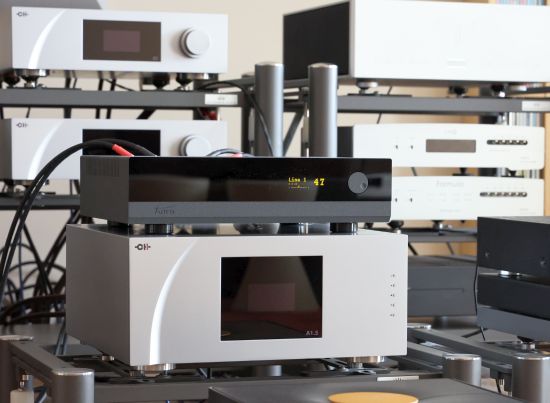
Based on personal preferences, I can imagine a certain listener bias or expectation. Indeed, the Kora does not sound like a stereotypical tube amplifier. Nevertheless, it is audible that amplification is done with tubes, not because it has the expected coloration or rounding but because it does not sound like a stereotypical transistor amplifier. The Kora is remarkably pure, direct, and expressive, but it absolutely does not have the mechanical quality, harshness, or metallic edge that plague many transistor designs.
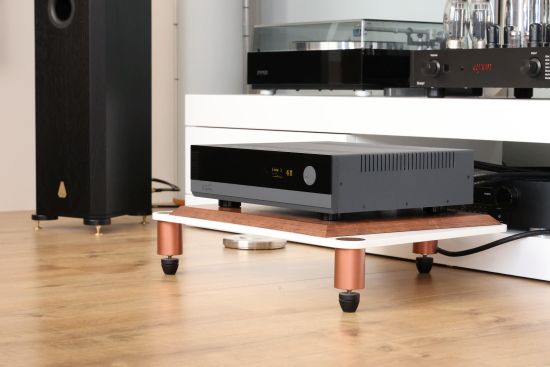
In terms of soundstaging, the Kora has a wide presentation, perhaps even wider than the Ayon. Its depth rendering is a little flat after switch-on but becomes noticeably deeper after 30-60 minutes. And after about two hours, the Kora also has the kind of free-flowing deep staging that you kind of expect from a tube amp.
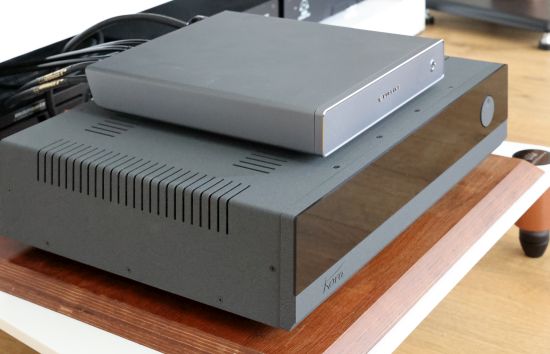
I pulled out a favorite amp for further comparison in this setup: the NuPrime AMG-STA power amplifier that is unusually fluid and refined for a Class-D design and at 1850 euro very affordable. Since it is only a power amplifier, I connected it directly to the Ayon CD-10 II CD player and used the latter’s built-in digital volume control. Having used the CD-10 in the configuration many times before and knowing that it normally results in an even more direct sound than when used with a preamp, I was puzzled to find that this time, the results were not what I had in mind.
Strangely, although the little NuPrime amp always performs beautifully in the main system where it still makes a great pairing with the Magicos, in the secondary system with the Xavians, the AMG-STA has a comparably linear and transparent delivery but the incredibly articulate and explicit Kora amp now makes it also sound a little tame and restrained. Especially in the areas of bass incisiveness, articulation, and expression in de midrange, the Kora now makes the AMG-STA sound like it is holding back.
Weirdly, the AMG-STA, a solid-state Class-D design, sounds smoother and more fluid than the Kora, a hybrid tube/transistor design. I must say really do love such surprises! Of course, the AMG-STA is sort of a hybrid Class-A/Class-D design, and the Kora is not a pure tube design, but still, these are interesting results that prove that it is unwise to be stigmatic about amplification principles.
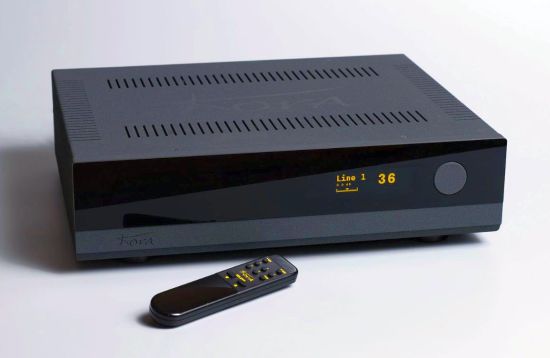
Photo loaned from hifi.nl
Higher-tier Kora products come with a very nice proprietary metal unit but the TB140 comes with a regular plastic remote control. Bruno responds:
We have decided once and for all: we prefer to put the maximum amount of money into the amplifier that we listen to, and this to the detriment of the remote control, which nobody listens to. At least, I hope so! In the future, we will develop this point. In designing the TB 140, our wish was to stay as close as possible to the qualities of the superior models while reducing the price. I think we succeeded. And if by any chance an audiophile wants a more valuable remote control he can order it for a small extra charge. The metal remote control is being sold at cost price.
So how does the Kora compare to the state-of-the-art CH components? To my astonishment, in a direct comparison, the TB140 turns in a performance that, on balance, is closer to that of my reference system than I had anticipated. For starters, the Kora manages to produce even tighter and more articulate bass, with even more immediate transient behavior which makes it even more expressive than the Swiss combo. Its treble is highly refined yet with the same amount of control and snap as it has in the bass while the midrange again has the same qualities, being pure and direct yet also delicate. This is very good news as it illustrates the amplifier’s consistent and coherent behavior throughout the frequency range. Finally, on the surface, even the overall level of detail, while of a whiter shade, seems comparable to that of the CH combo.
CH Precision has a reputation for being ultra-clean, according to some even to the point of being overly cool or gray, but in my listening environment, I don’t find this to be the case. In any event, the CH combo actually sounds fuller, smoother, and warmer than the Kora. Unlike the Ayon, the CH components are solid-state designs. But of the amplifiers that I compared it to so far, apparently, the Kora has more in common with state-of-the-art transistor amplification than with stereotypical tube amplification. How about that? At 12 times the cost, the CH L1 + A1.5 combo does still pull ahead in areas such as bass weight and authority, tonal saturation, low-level resolution and decay, and perhaps surprisingly, continuousness. But nevertheless, it’s quite amazing that the Kora could come this close.
To put things into perspective, the Kora is indeed more articulate and direct than the CH combo, but its color rendition is more opaque and the overall delivery less liquid. For all its incisiveness and enthusiasm, and when partnered with very accurate speakers, the Kora has such an astute delivery that at times it comes across as verging to staccato. It is this very astute delivery that might divide opinions. This quality also has the effect of creating what I will call a super black background. While this is often considered to be a good quality, the way that I hear it, too much black can lead to the perception of there being black holes in-between the notes, with the natural decay being shortened a bit. The opposite of this effect would be what I call continuousness. This is what is often expected as one of the strong points of tube amplification and which is usually a side-effect of the output transformers, that is delivered along with the usual downsides. With the Kora, there is simply no smear whatsoever and that is not only refreshing, but it can actually spoil a person for other designs.
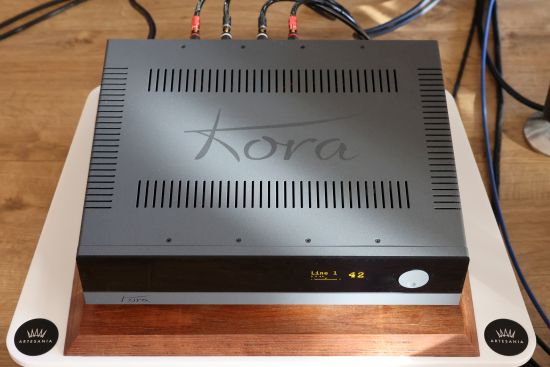
Apart from producing absolutely fantastically precise bass, an arguably more important upside of the Kora’s clean and astute delivery is that it also has a fabulously pure midrange with no added bloom, which strongly reminds me of the best Single Ended Tube amplifiers that I have reviewed in the past, such as those made by Ayon, Line Magnetic, and Melody. Like with these SET amps, the Kora has this amazing ability to portray vocals so crisp and direct, and with such low coloration and artifice, while imbuing them with a quality that I can only describe as human, that it culminates into a highly realistic performance. The big difference, of course, is that the SET amps struggle to produce decent bass even with efficient speakers while the Kora will happily drive any speaker out there.
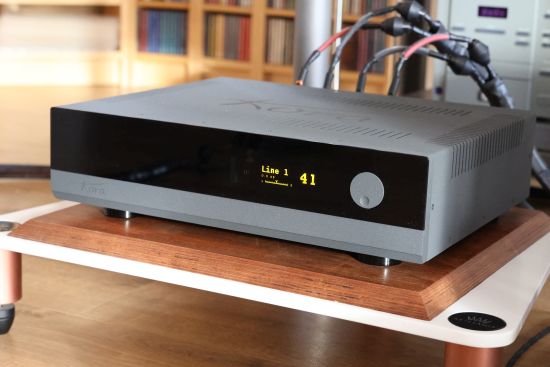
Due to the way that the heatsink and speaker terminals are arranged, stiff cables with spades can only be connected in a highly visible manner as seen above. Bruno responds:
The available surface on the rear panel is small, and a bit constrained by the layout of the various components in the unit. The holes in the body of the socket are deliberately angled at 45 degrees.
One can imagine anything in terms of layout, but there comes a point in the design process when a decision has to be made with all the requirements in mind!
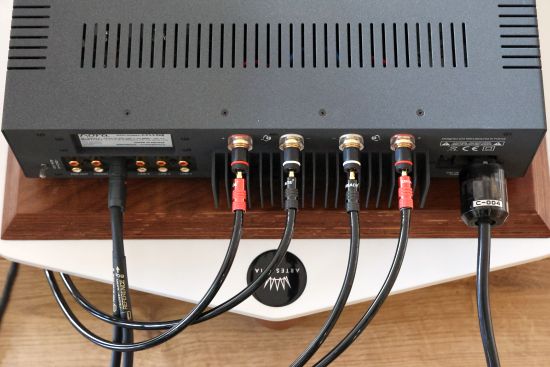
Above the RCA input connectors, there is a cutout covered by a metal plate. I wondered, does Kora have options planned? Bruno explains:
At first, we thought of adding a digital input. This will be for the 2023 versions, with a little surprise, I hope. It’s too early to tell.
Next: speaker cables and two other review systems
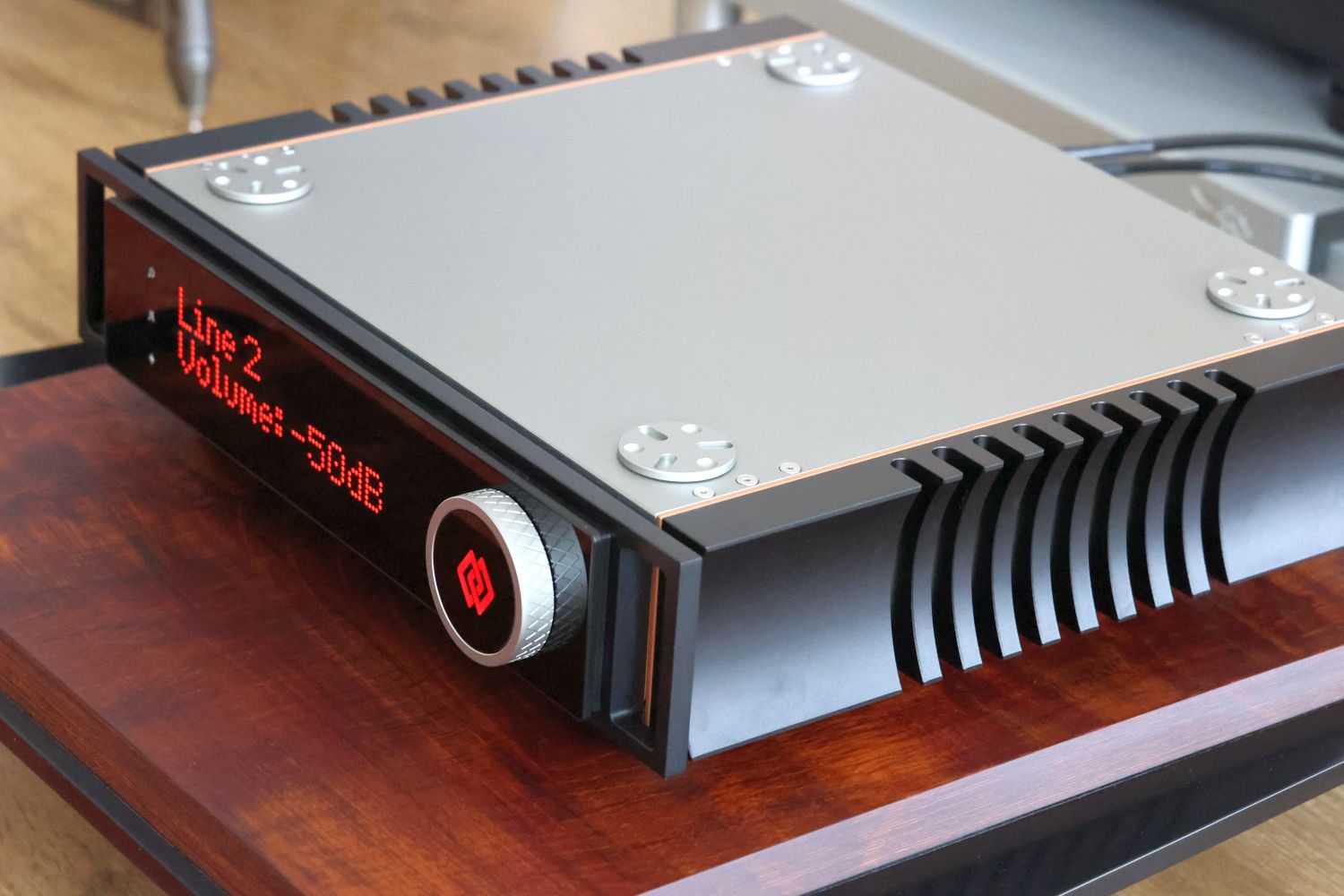
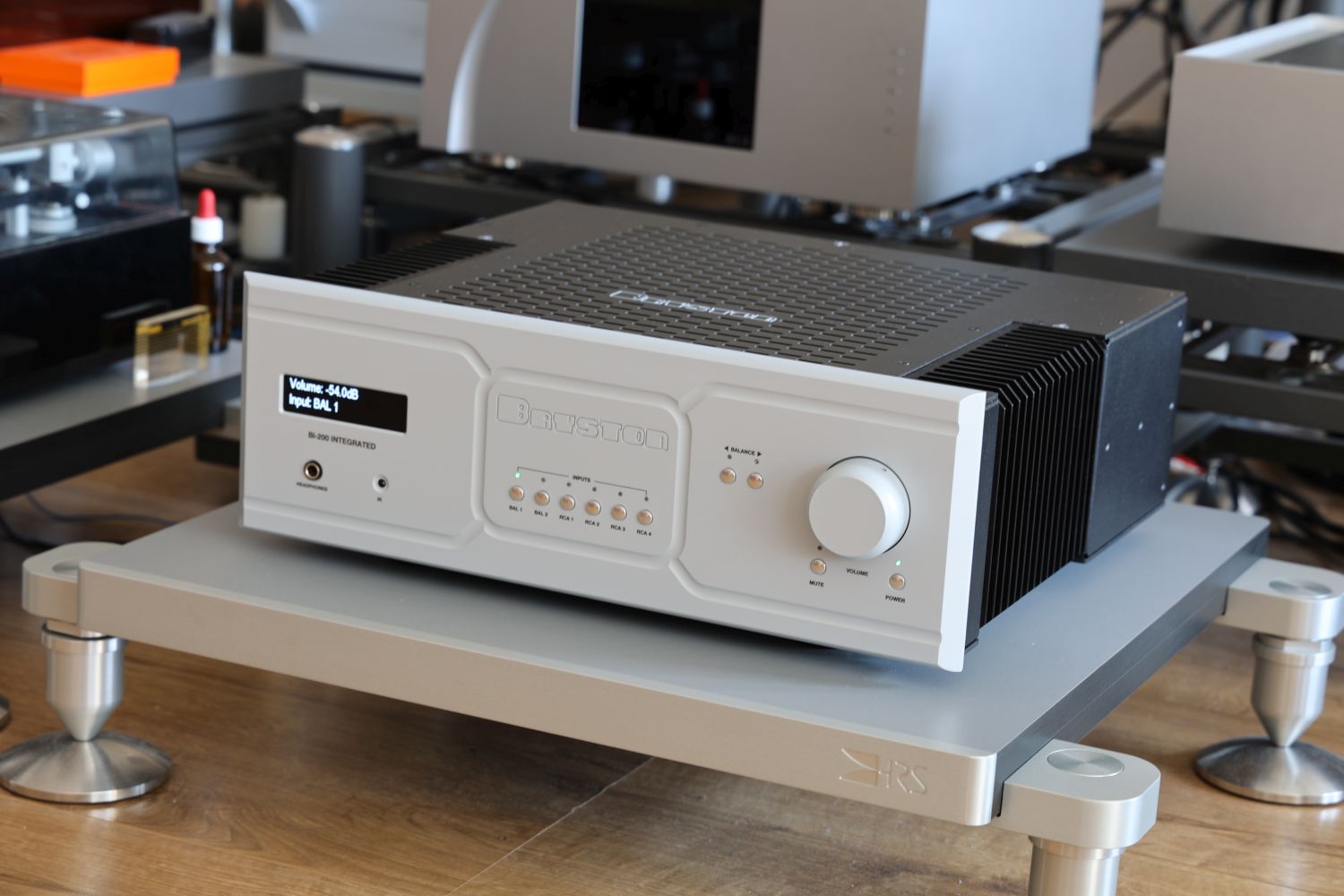
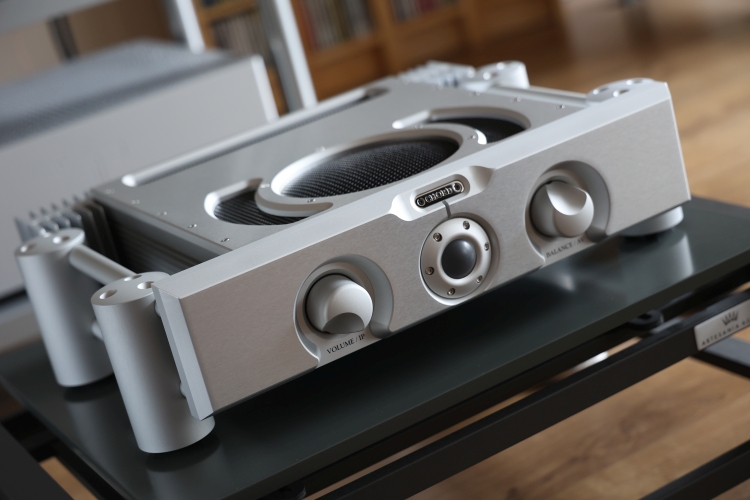
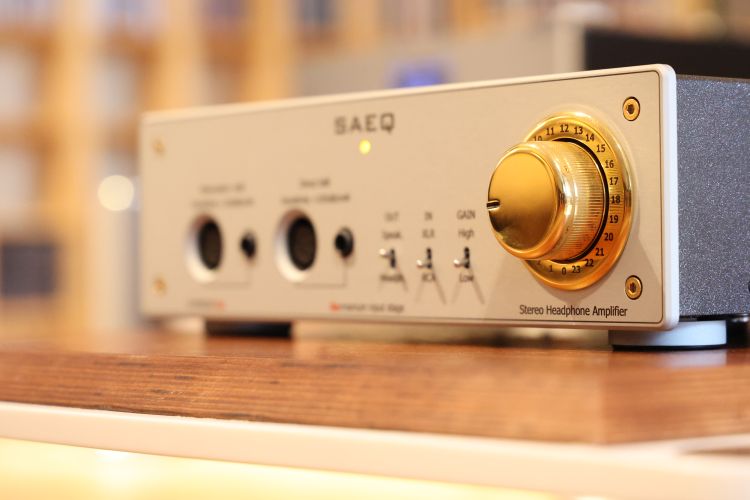
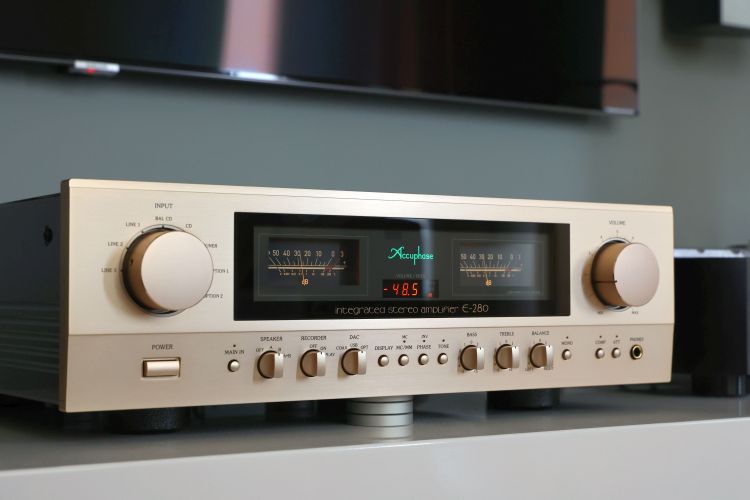
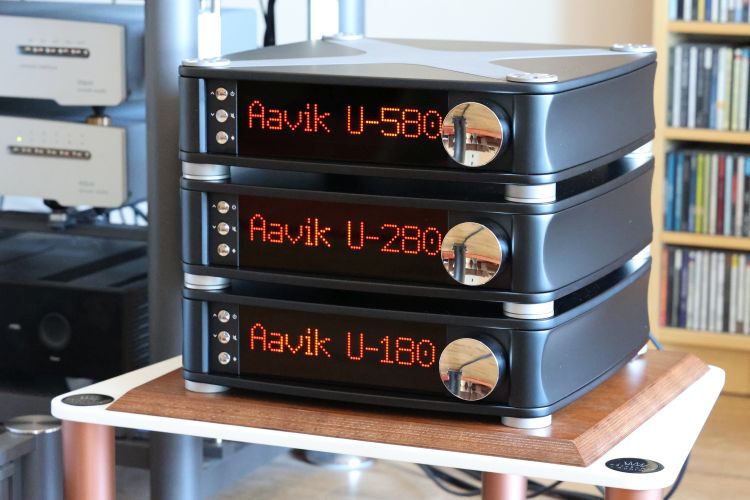
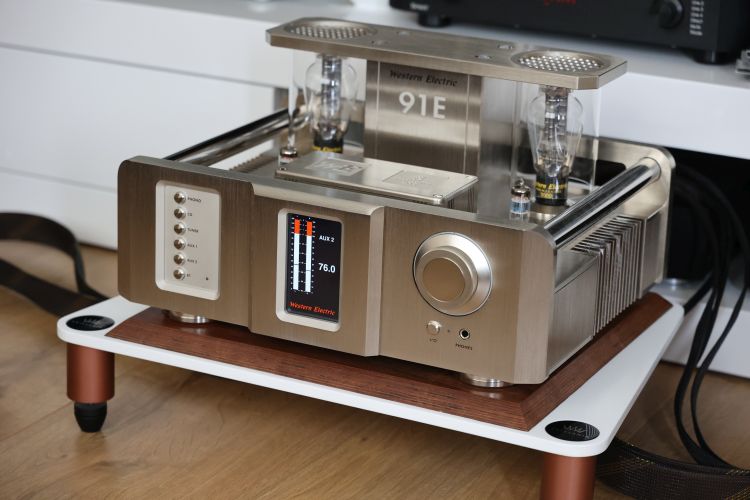
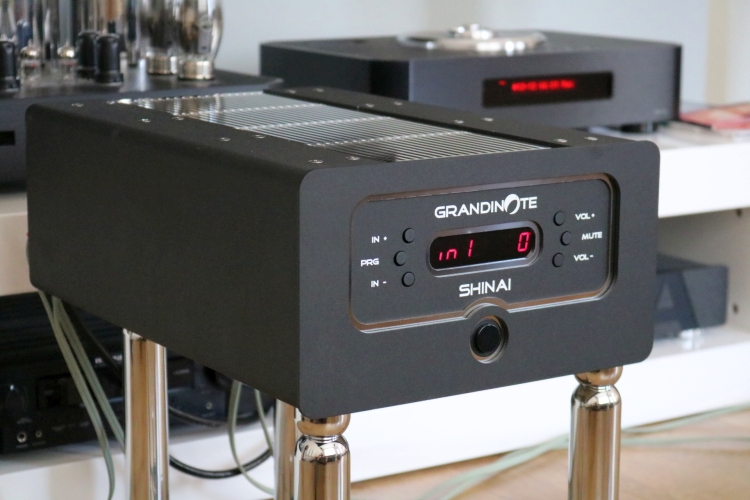
Christian great review you tested that amp in 4 different systems that must be a record for audio reviews! And very interesting design, that topology is vaguely ringing a bell. The brand Thoress makes a hybrid design that I believe is somewhat similar to this, no IC involved but it describes the output stage as “a single-ended, unity gain MOSFET buffer operated at high idle current.”
I’m not tech savvy enough to say if that’s similar or not but it rang a bell with me and that amp is 2.5x times the price of the Kora. I hope the Kora reaches the US at some point it sounds like a very interesting listen.
Cheers,
Jon
Hi Jon, Haha yes, it might well be a record indeed!
I’ve taken a look at the Thoress EHT and I agree that the principle appears similar in that tubes are used for voltage and transistors for current. However, note that the EHT provides 18-25 Watts, depending on the speaker impedance while the TB140 provides at least 70 Watts even into the most punishing loads. Another difference is that the EHT is single-ended while the TB140 is symmetrical (balanced). Not having heard the Thoress I can’t make any claims as to how it would compare sonically but I did review the Western Electric 91E which also employs a similar topology. But interestingly, these two amplifiers couldn’t be more apart sonically. Of course the pair of 300B’s must have considerable influence, but still, this illustrates that there’s still plenty of room for manufacturers to differentiate themselves, even with seemingly similar topologies. Just as it is the case with “regular” transistor- or tube amplifiers, I guess:-)
So, how does the Kora amplifier sound? In a word: rather fantastic!
That’s two words my friend…LOL, it must have been good. I’m waiting on Kora’s forthcoming CD Player, I expect it to “rather fantastic” too.
Thanks for this review – Kora isn’t well known in N. America so I’m glad to see it.
Nice review! How does the TB140 compare to the NuPrime Evo STA?
The EVO STA sounds more like the ST-10 than the AMG-STA and with that, it is also quite different from the TB140. Actually, all three amps sound quite different. EVO STA = predominantly solid/robust/beefy/dark, TB140 = predominantly crystal-clear/fast-paced/articulate/airy.
I replace a Nagra MPA with at TB200 two years ago. And I replaced the T200 with a TA240 a year ago. Could not be happier.
Hi Jacques, how would you describe the differences between the TB200 and the TA240?
Hello Christiaan, i replaced my Esoteric F-05 amplifier for a Kora TB140 and i am very happy with it.
The Kora indeed sounds amazing in combination with my Vivid Audio kaya’s 45.
Thanks for the very informative review.
regards Albert van Bentem